Barcelona’s claim to Don Quixote is less substantial than Toledo’s or Madrid’s, but the character and his sidekick did travel there towards the end of their many journeys. It was where they first saw the sea, and Sancho Panza was astounded by the ships, wondering “how those shapes moving on the ocean could have so many feet.” They entered one of the gates in the old wall and were escorted through the old city. We walked past some of those old walls, some of which survive from Roman times.
The main event of the day was a trip to a small square in the northern part of the city to witness a concert by a cobla band, and watch people dance the sardana, a traditional Catalunyan dance that expresses Catalan pride. While the music of the cobla bands is modern, and sounds a bit like movie score music, some of the instruments they play are direct descendants of our shawms – covered with keys to be sure, and with metal bells, but the reeds are distinctively shawm-like in appearance and sound. They are accompanied by various brass and string bass, as well as a pipe and tabor, which introduces each new piece with a short riff.
Later in the afternoon we visited the Barcelona Maritime Museum which houses a full-sized replica of the Galera Real (Royal Galley). This craft was the flagship of the Holy League fleet in the Battle of Lepato in 1571, a clash between the Christian allied forces and the fleet of the Ottoman Empire that signalled the end of Turkish control of the Mediterranean. Cervantes, enlisted as a soldier in the Spanish Navy Marines, fought in that battle where he was wounded and lost control of his left arm.
